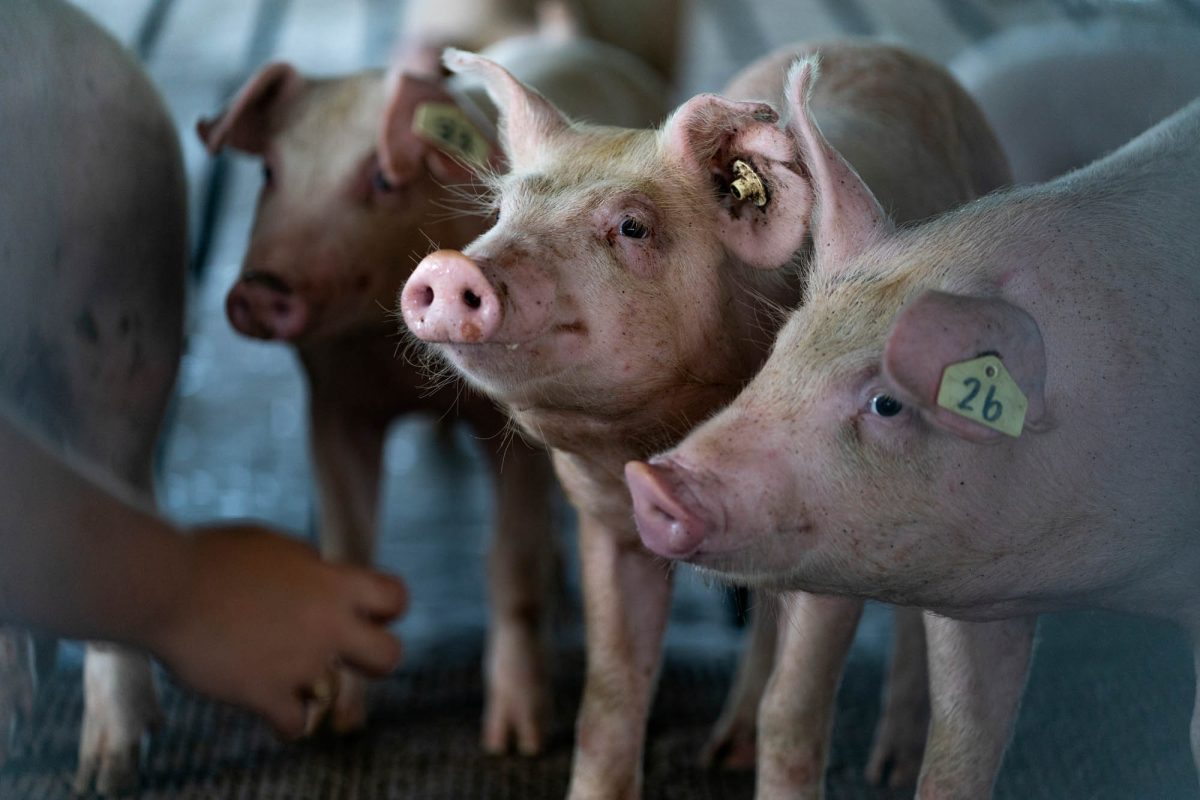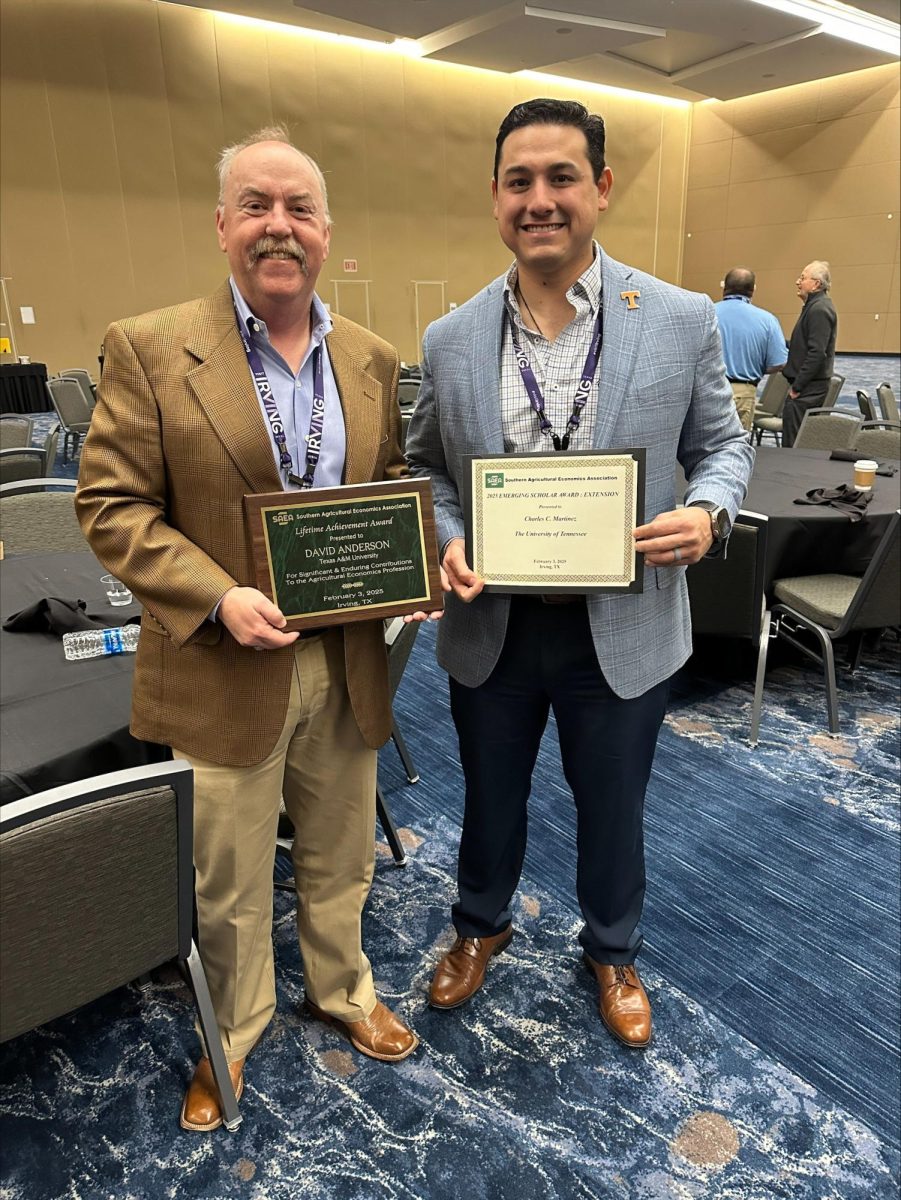Mad cow disease has been making the news recently, worrying Americans about a possible spread of the disease’s human version, Creutzfeldt-Jakob Disease (CJD). Realistically, the consumer has a small possibility of ever contracting the disease.
Mad cow disease, or bovine spongiform encephalopathy (BSE) was first recognized in 1986 by the British. BSE is unlike most other diseases because a protein created by the host organism, rather than an invasive microbe, causes the disease, according to Madcow.com. The infection is caused when a prion, or infectious, misfolded protein, enters the nervous system of a mammal. From there it catalyzes another protein, turning it into a prion. This results in a chain reaction of the normal protein being converted, or refolded into more disease causing prions. These prions then simply collect and clog the brain’s normal functions, killing cells in the process. Currently, there is no known function for the benign protein, which occurs naturally in all mammals.
Little is known of the methods of contraction, but current indications are that one must eat nerve tissue such as the spine or brain of a cow in order to become infected. Even then, the probability of contraction is incredibly low. According to Madcow.com, a watchgroup for the disease, there have been no reported cases of human contraction of CJD in the United States and 161 globally. In cattle, there have been three confirmed cases of BSE in the United States and 188,506 cases globally (183,000 cases from the United Kingdom). This may seem like an incredibly high number, but the number is relatively low in comparison to slaughter rates. For example, the United States alone slaughtered 35 million cattle in 2003.
According to Dr. Luis Tedeschi, professor at A&M’s Department of Animal Science, CJD does not pose a significant threat to the American public. He contends thatfear of the disease propagated by the media is a more pressing problem. The cattle in the United States are no longer fed animal byproducts, and any cow that arouses suspicion is tested. These fears have led to drastic measures by the United States, however in 2003, a case of BSE was detected in a U.S. cow that originated from Canada. For a short time, the United States issued a temporary ban on all Canadian beef. This ban was later lifted, but shows a knee-jerk response to the disease.
One critique is that it is safer to ensure that no human gets the disease. This is quite a noble goal, but when there are only 161 global cases of BSE and zero in the United States, it becomes abundantly clear that priorities can be placed elsewhere in terms of saving human lives. That priority could, for example, be placed on removing the current ban on blood donations. In May of 2002, the USDA instituted a policy that people who lived in areas with a high-risk for BSE in Europe from 1980 to the mid 1990s are banned from donating blood. The policy is rather detrimental because of the large number of American troops who resided on bases stationed in parts of Europe and it was expected that more than seven percent of willing donors would be turned away due to the new policy.
The threat of health risks mad cow disease poses to humans is simply unwarranted. While there have been cases of people in other parts of the world contracting mad cow disease, numbers prove to be the best rebuttal to fear. Statistical evidence does not support the claim that the disease could become an epidemic or that beef consumers should be alarmed. American citizens and the government should turn attention to more pressing matters.
Don’t have a cow
April 6, 2006

0
Donate to The Battalion
$2790
$5000
Contributed
Our Goal
Your donation will support the student journalists of Texas A&M University - College Station. Your contribution will allow us to purchase equipment and cover our annual website hosting costs, in addition to paying freelance staffers for their work, travel costs for coverage and more!
More to Discover









